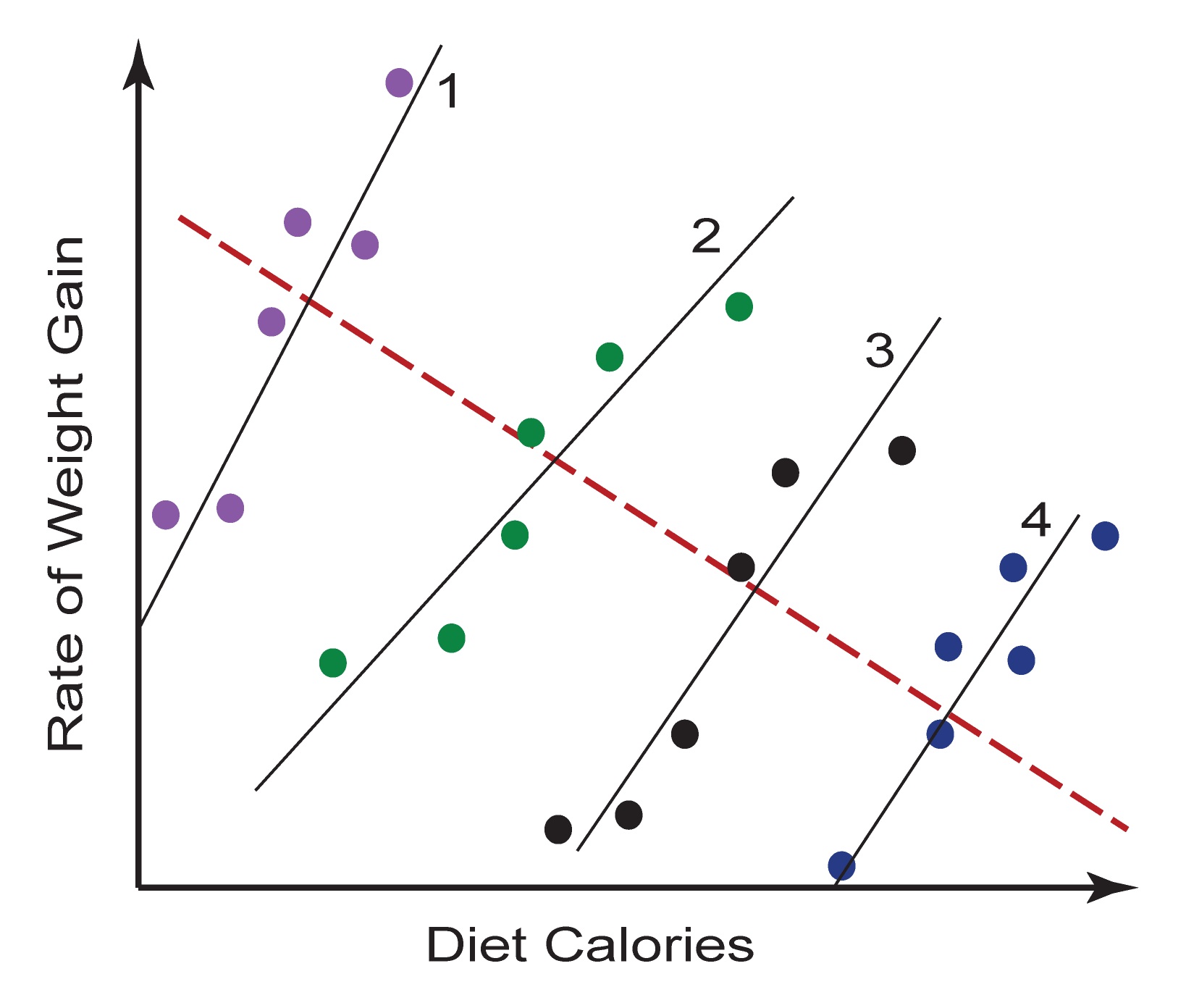Mixed effects modelling and multi-level modelling are used where the data is stratified by additional characteristics or conditions. For example, if you have student data collected from a large number of different schools, then the data entries corresponding to different students belonging to the same class and to the same school are not fully independent, as these students may be affected by the specific experiences produced by the school and class/teacher. Thus, such data has several levels of stratification - school level, class level, etc. Analysis of this data must be conducted using multi-level modelling.
If the data has only two levels of stratification, mixed effects modelling is used (it is also called random effects modelling). For example, if medical observations are undertaken on a groups of patients at different points in time, then the data entries corresponding to the same patient are not fully independent and are affected by the fact that they come from the same person. In this case, use of simple regressions may easily result in very wrong outcomes.
 For example, the figure on the right shows hypothetical and exaggerated data points describing the dependences of the rate of weight gain on diet calories for 4 patients with different levels of metabolism and typical calorie intakes. If all the points are considered as independent, then the resultant regression line should be the dashed red line. However, this would be a completely wrong result leading to an incorrect perception that rate of weight gain reduces with increasing calorie intake. This severe mistake is caused by the incorrect use of the simple linear regression model instead of the mixed effects model which, in fact, gives the correct dependences - solid lines in the example figure with different slopes and intercepts (random effects).
For example, the figure on the right shows hypothetical and exaggerated data points describing the dependences of the rate of weight gain on diet calories for 4 patients with different levels of metabolism and typical calorie intakes. If all the points are considered as independent, then the resultant regression line should be the dashed red line. However, this would be a completely wrong result leading to an incorrect perception that rate of weight gain reduces with increasing calorie intake. This severe mistake is caused by the incorrect use of the simple linear regression model instead of the mixed effects model which, in fact, gives the correct dependences - solid lines in the example figure with different slopes and intercepts (random effects).
Mixed effects modelling and multi-level modelling are widely used in a variety of areas including social sciences and education, medical research and clinical trials, business management and development, ecology and environmental studies, etc. This is one of the frequently used statistical methodologies where reliable outcomes are required for complex structured data.
ACHSOL has exceptional expertise in mixed effects modelling and multi-level modelling. We have successfully completed numerous projects involving this methodology in the indicated areas of research and consulting.

